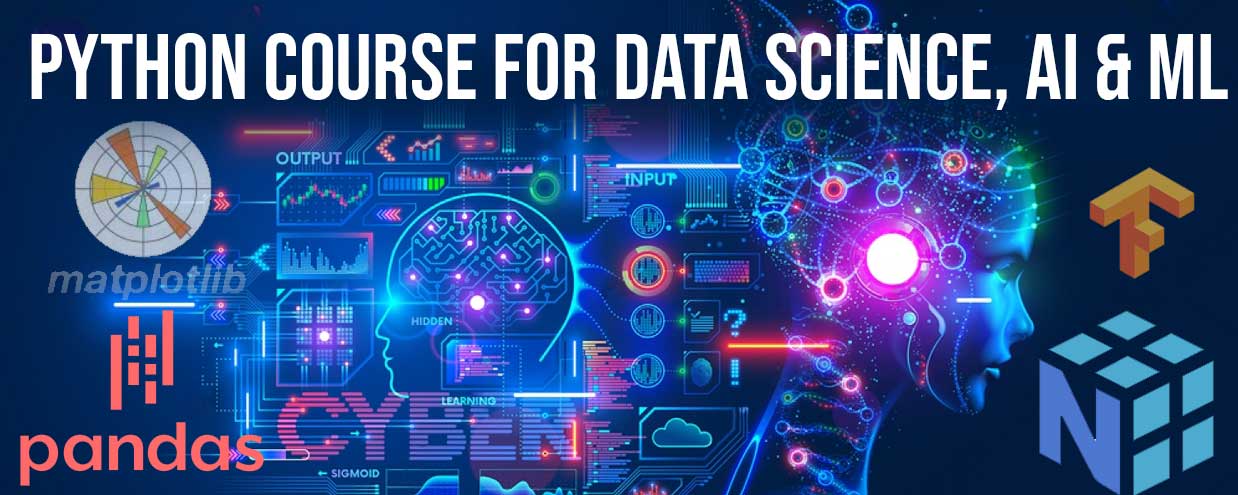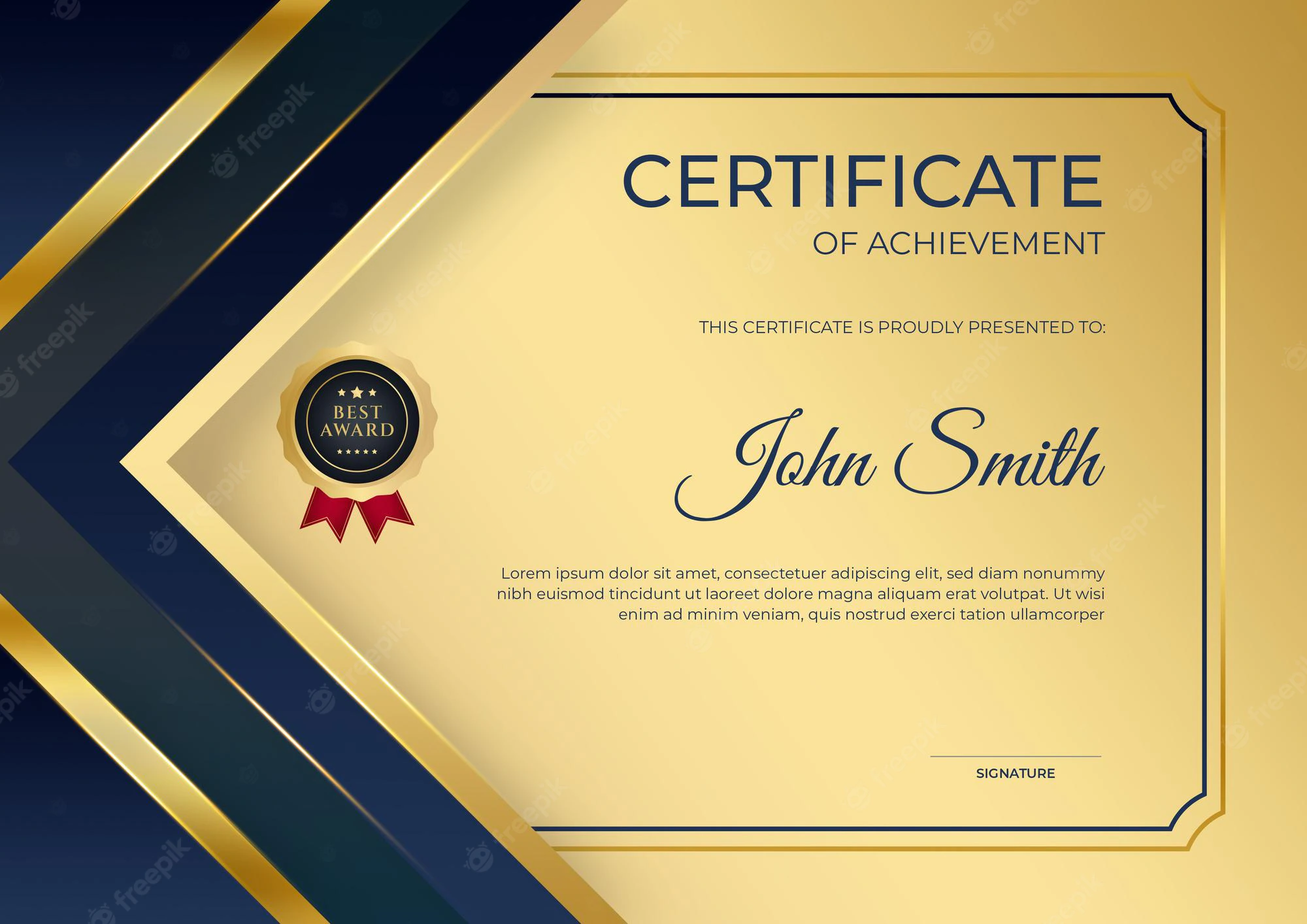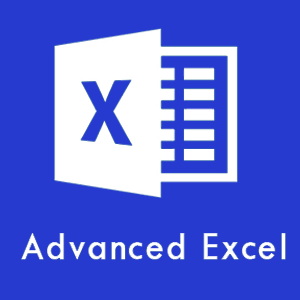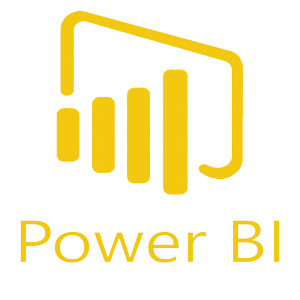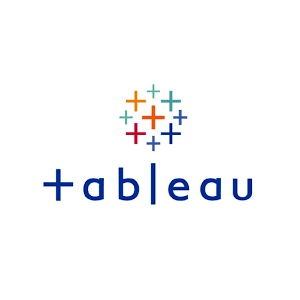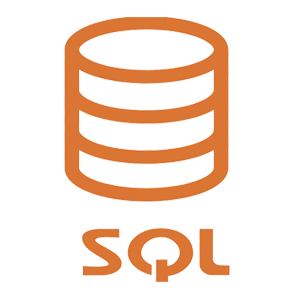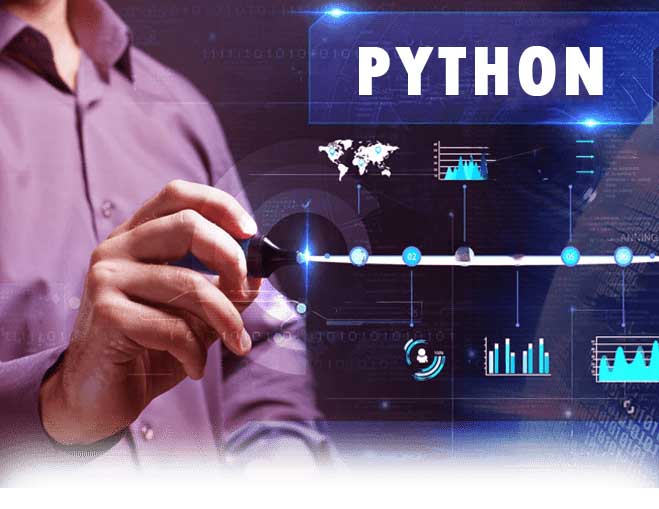Often used to streamline massive, and complex data sets, Python is a multi-functional, maximally interpreted programming language.
The advantages of Python make it the best choice for data analysis.
Learning is easy:
In addition to focusing on simplicity and readability, Python offers a multitude of useful options for data analysts and scientists.
Due to its relatively simple syntax, even novices can create effective solutions for complex scenarios with just a few lines of code.
Adaptability:
Among data scientists and analysts, Python's extreme versatility is another powerful attribute.
Thus, data models can be created, data sets can be systematized, ML-powered algorithms can be developed, web services can be developed, and data mining can be used to complete various tasks efficiently.
A large collection of libraries:
Several libraries are completely free and open to the public, which is a key factor that makes Python essential for data analysis and data science.
The data science community is probably familiar with libraries such as Pandas, SciPy, StatsModels, and others.
Libraries are constantly expanding, providing robust solutions.
Visualization and graphics:
It is well known that visual information is much easier to comprehend, work with, and recall.
Since Python offers many visualization options, it is a must-have method for all data science, not just processing.
Data analysts can make data more accessible by developing numerous charts and graphics, as well as web-ready interactive plots.
Tools for data analytics built-in:
Complex data can be processed with Python's built-in analytics tools.
In addition to other critical metrics in evaluating performance, Python's built-in analytics tools can also easily penetrate patterns, correlate information in extensive sets, and provide better insights.







